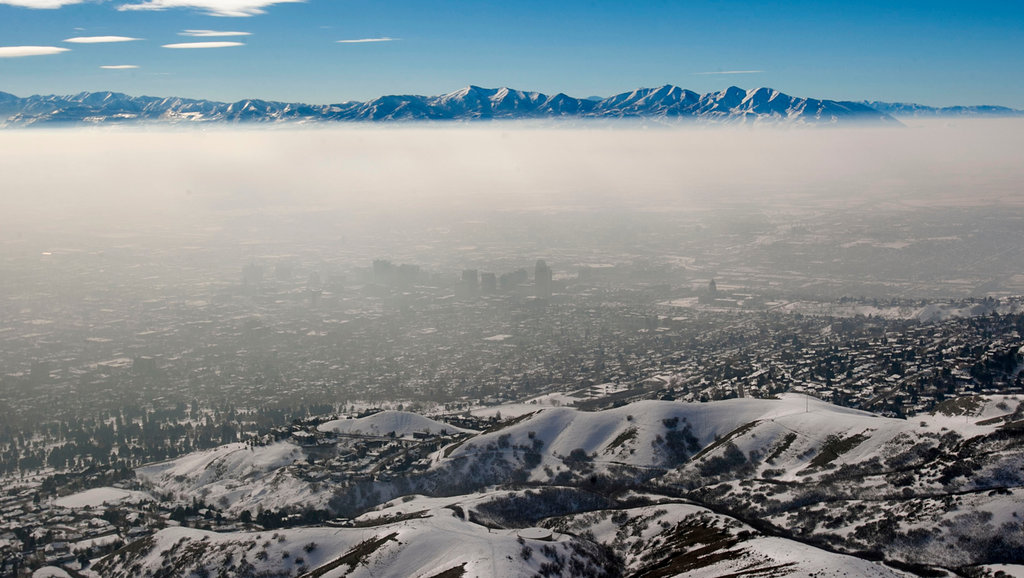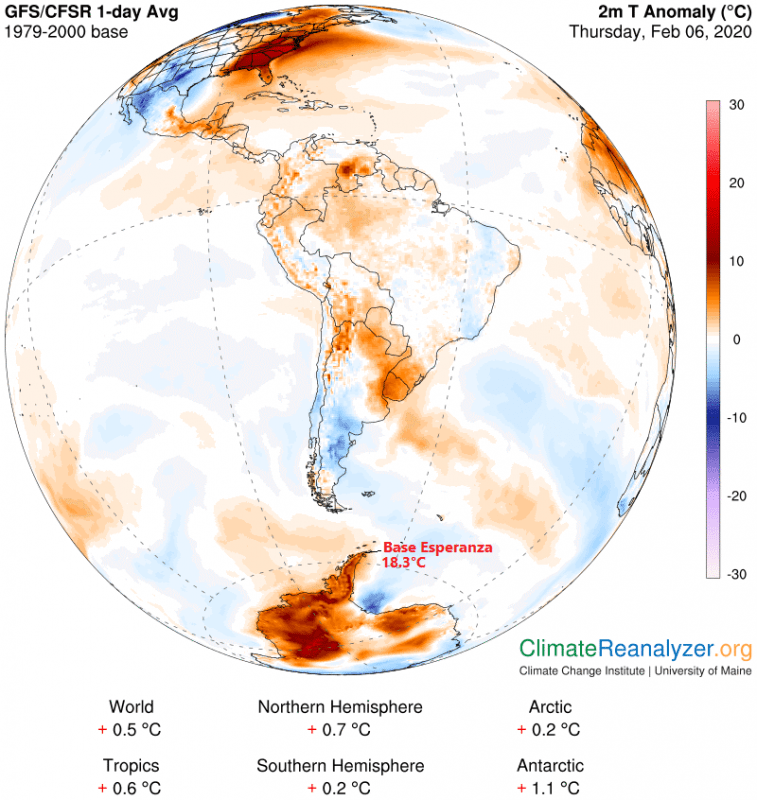
According to the Environmental Protection Agency (EPA), hazardous air pollutants are pollutants that are known or suspected to cause cancer or serious health effects. The EPA is working with state, local, and other government affiliations to reduce air emissions of 187 toxic air pollutants to the environment.
Scientists at Utah’s Division of Air Quality are focusing on a few chemicals, after a newly released study of toxic air pollutants found elevated levels of hazardous air pollutants on the Wasatch Front. After a year-long endeavor, which looked at 86 of the 187 toxic air pollutants, four areas of concern were identified. These four areas included airborne lead particles on the western side of the Salt Lake Valley, localized concentrations of a carcinogenic solvent known as methylene chloride in Bountiful and concentrations of formaldehyde and acetaldehyde across the Wasatch Front.
Bryce Bird, director of the DAQ, said concentrations of formaldehyde and acetaldehyde are increasing. The two chemicals were elevated at all three of the sample sites – Lindon, West Valley and Bountiful – and there’s no immediately obvious source, Bird said.
Several pollutants were found to exceed thresholds the EPA believes are associated with adverse health outcomes, Alan Matheson, executive director of the Utah Department of Environmental Quality, said he did not see “anything that causes real concern.”

Matheson pointed out that thresholds used by the EPA are based on statistical probabilities. Utah’s risk for these pollutants to cause major issues for folks is low. “We don’t want to create an unnecessary panic,” Matheson said, “but we don’t want to downplay things either.”
A separate report released last December by the EPA identified Salt Lake as the county with the greatest risk associated with air toxins. The EPA estimates about 43 of every 1 million Salt Lake County residents will develop cancer due to exposure to hazardous air pollutants. Salt Lake County’s most at-risk population, is in downtown Salt Lake City. As for residents that live in a rural setting, the cancer risk associated with air toxins is much lower. Thankfully most ski areas are far enough away from the densely populated cities, that skiers and snowboarders should have little to no concern about being exposed to large amounts of hazardous air toxins while hitting the slopes.
At all three of the report’s sites, concentrations of formaldehyde exceeded not only the EPA’s cancer threshold but also a higher standard associated with non-cancerous health effects. Formaldehyde is associated with lung and nasal cancers, and has an inflammatory effect on the pulmonary system, said Steve Packham, a toxicologist with the Utah DAQ. Formaldehyde exposure can trigger an asthma attack, and long term exposure could cause adverse health effects. In Bountiful concentrations of methylene chloride increased, the source of the emissions has not yet been identified. Methylene chloride is used in paint strippers, manufacturing of pharmaceuticals and electronics, many aerosols, foams and paints.
This is an issue that needs to be monitored more, at a local, state and national level. Allowing companies to put harmful toxins in our air is doing nothing but harm to our bodies and our environment. Are these air toxins contributing to the deterioration of the ozone? Do these toxins have harmful effects on plants and animals too? Are these air toxins contributing to global warming?
As a country we need to come together to make positive changes to our lifestyle, that includes deterring the use of these hazardous chemicals that can contribute to air toxins.





